
MOSCOW, November 9, Anastasia Silkina. In the West, public activists are increasingly turning to outright vandalism. In order to cause resonance, they are ready to do anything. About the high-profile attacks on works of art and who is behind it, read in the article .
Order of soup and glue: vandal actions of Just Stop Oil
The other day, the protective glass of Diego Velazquez’s painting “Venus with a Mirror” in the London National Gallery was broken with emergency hammers. The canvas is being examined by restorers, and the vandals were detained for damaging property.
These are activists, participants in the environmental movement Just Stop Oil, which demands that the British government not issue permits for the exploration and production of black gold and gas. 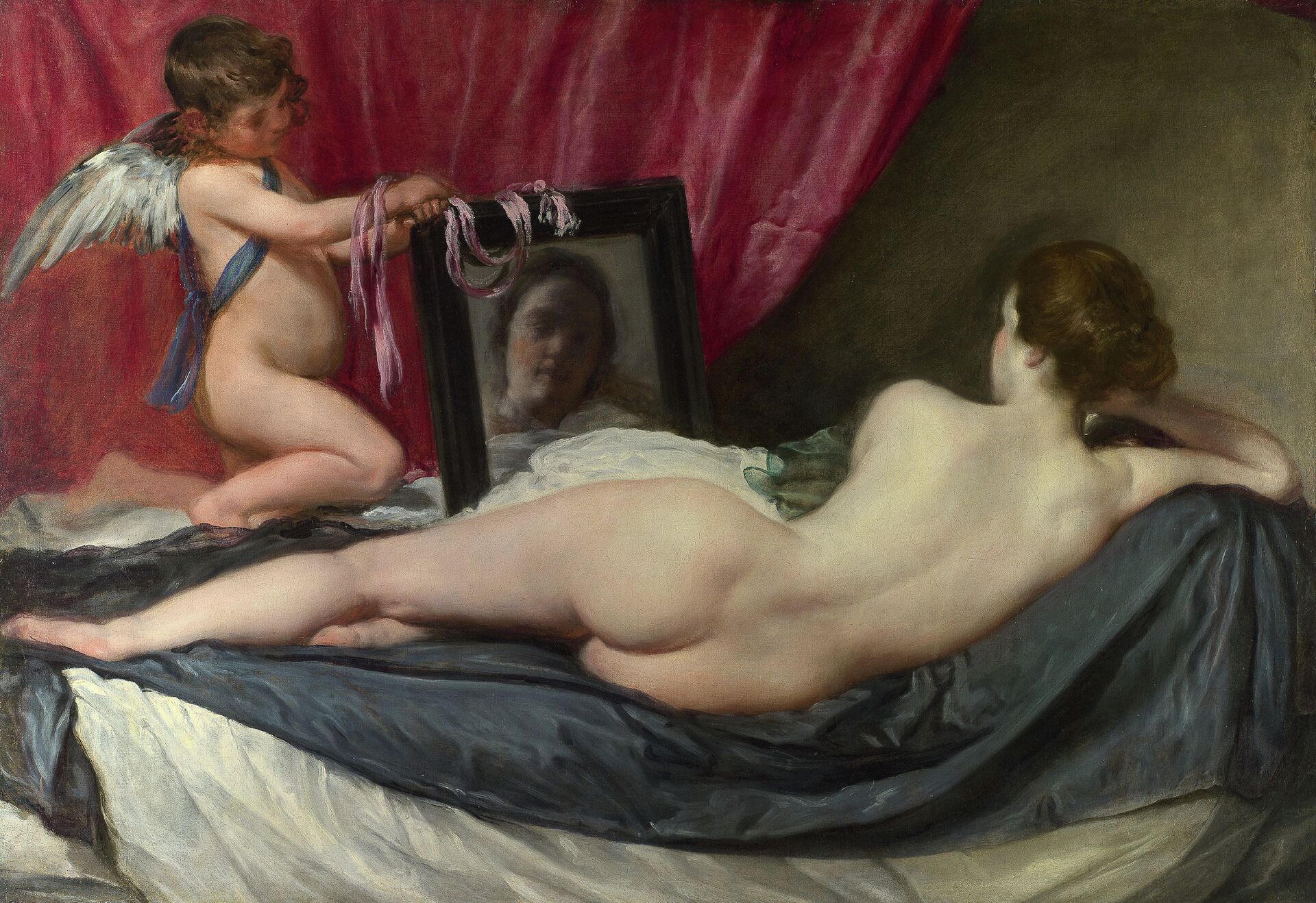
Shocking those around them, they talk about their struggle for the good of humanity, “in the name of love for history, art and their own families,” they shoot videos and post them on the Internet.
In March 2022, “ecologists” blew green smoke in front of the BAFTA awards ceremony. And they recently poured orange starch on a dinosaur skeleton at the Natural History Museum in London to protest climate change. < br />
< br />
Last June, members of the movement glued themselves to the frame of Vincent Van Gogh's «Peach Trees in Blossom» at London's Courtauld Gallery, and in July they covered John Constable's «Hay Wagon» at the National Gallery with an illustration of an «apocalyptic vision of the future.» In October, two cans of tomato soup were poured on Van Gogh's Sunflowers in London's National Gallery. Then the masterpiece was saved by protective glass, and the vandals were fined five thousand pounds sterling for damaging the frame.
The current king of Great Britain, Charles III, also got it. A year ago, a cake was thrown into the face of his wax figure at Madame Tussauds, illustrating the English idiom It's a piece of cake, which means «as easy as pie.» This meant the same refusal from oil.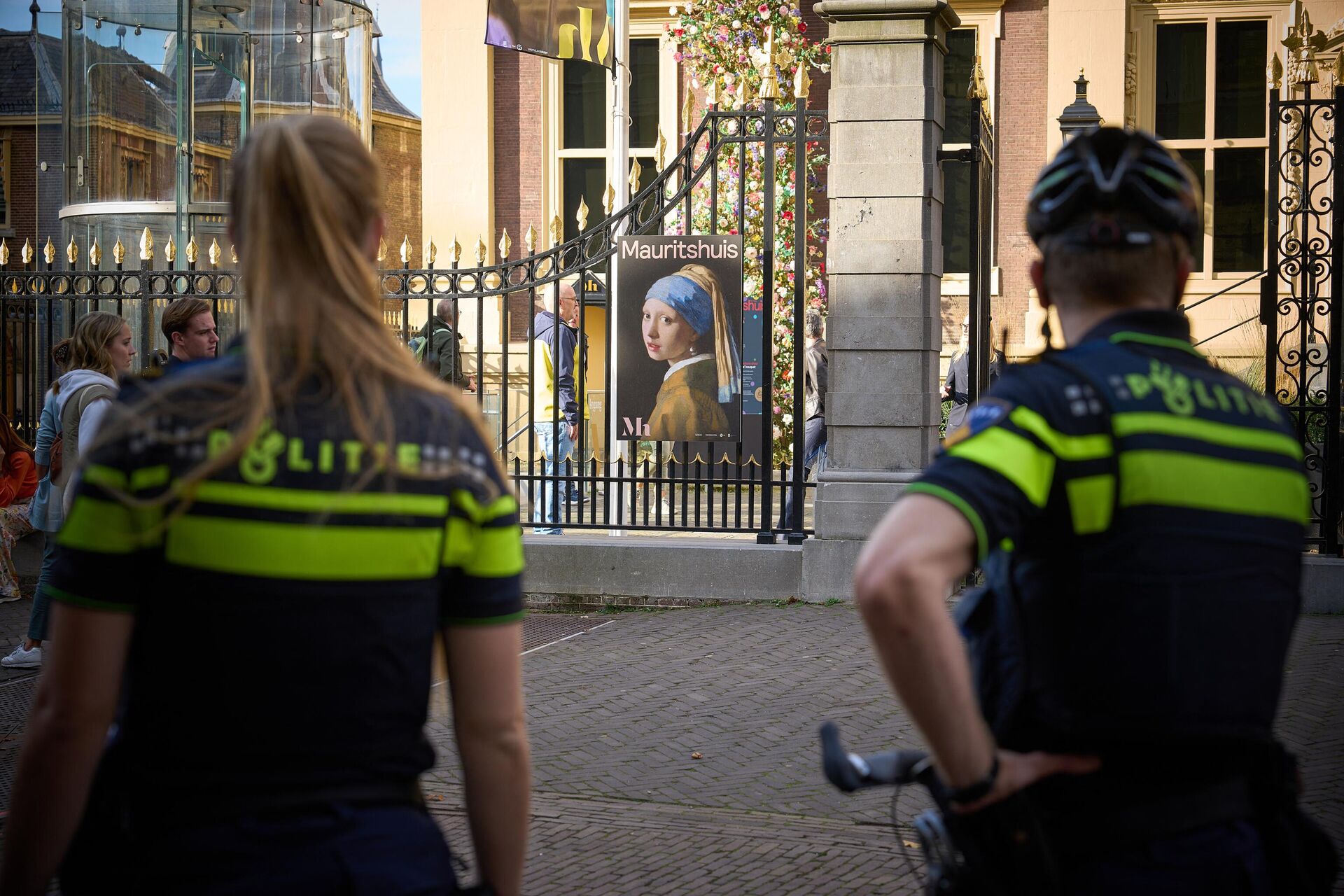 < br />
< br />
In addition, activists glued themselves to Jan Vermeer’s painting “Girl with a Pearl Earring” in the Muritshuis gallery in the Netherlands.
The example is contagious: similar groups
Literally a week after the soup incident in London, members of the Letzte Generation («Last Generation») movement smeared mashed potatoes on Claude Monet's painting «Haystacks» and glued themselves to a column in the Barberini Museum in Potsdam. 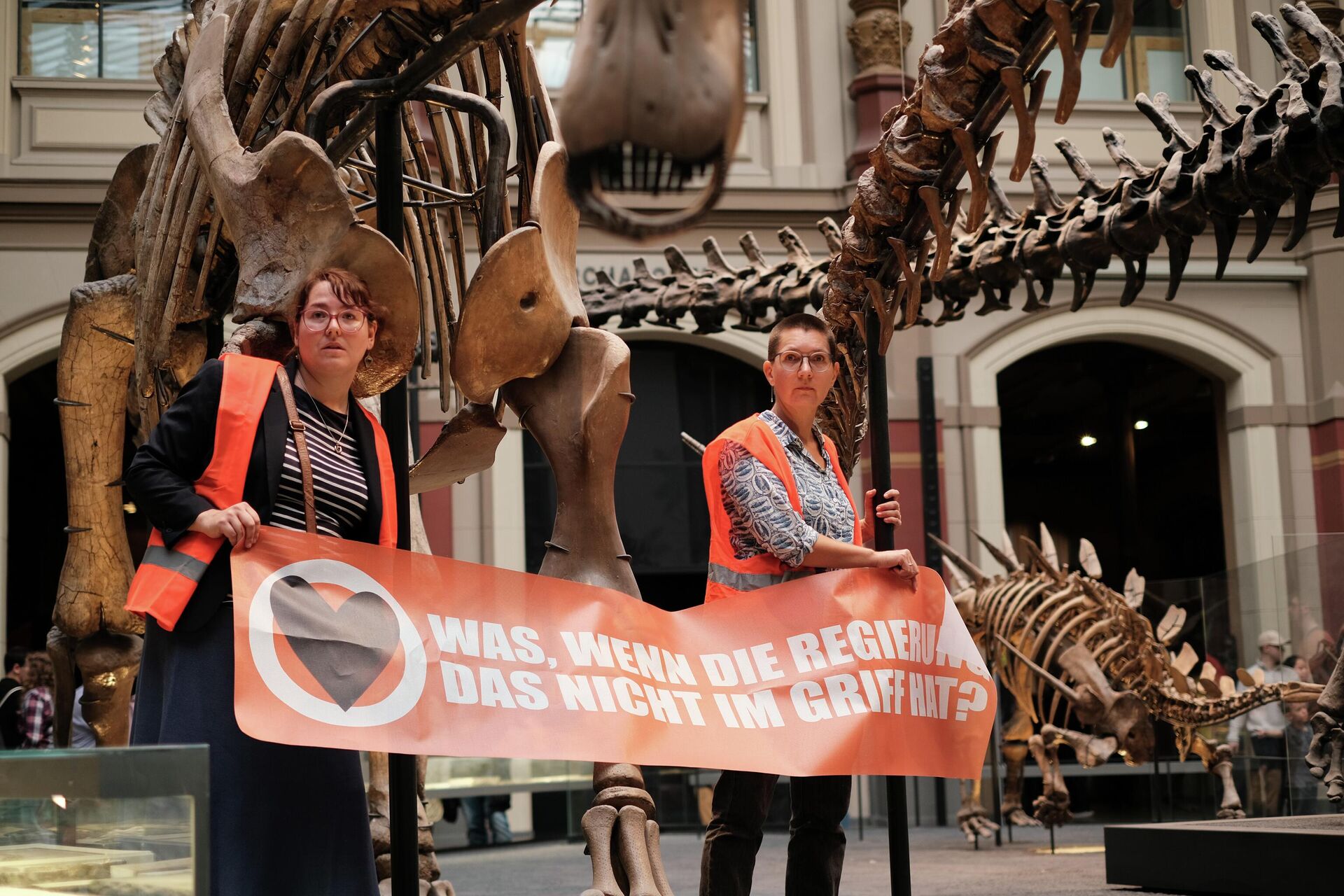
So they fought with climate change. Then they glued themselves to a 60-million-year-old dinosaur skeleton in Berlin. At the Leopold Museum in Vienna, oil was splashed on Gustav Klimt's painting «Death and Life».
Members of the Italian unit of the «Last Generation» in Rome's Palazzo Bonaparte doused Van Gogh's «The Sower» with soup. 
Activists from Futuro Vegetal are glued to Francisco Goya's paintings «Maja Dressed» and «Maja Nude» in the Spanish Prado Museum in Madrid.
In neighboring Portugal, a month ago, members of the organization Climaximo painted Pablo Picasso's «Woman in a Chair (Metamorphosis)» painting red at the MAC/CCB Museum of Contemporary Art. In Australia, environmental activists glued themselves to the protective glass of the painting “Massacre in Korea” by the same artist.
Not only for the climate: what else motivates vandals

I must say, that today’s “ecologists” are far from the first among vandal activists. For example, the same “Venus with a Mirror” was cut by suffragist Mary Richardson in 1914: as a sign of protest either against the arrest of her comrade-in-arms, or the objectification of women.
Similar things happened in Russia too. In 1985, for political reasons, Rembrandt’s “Danae” was doused and cut with a knife in the Hermitage. It returned to the exhibition after restoration — 12 years later.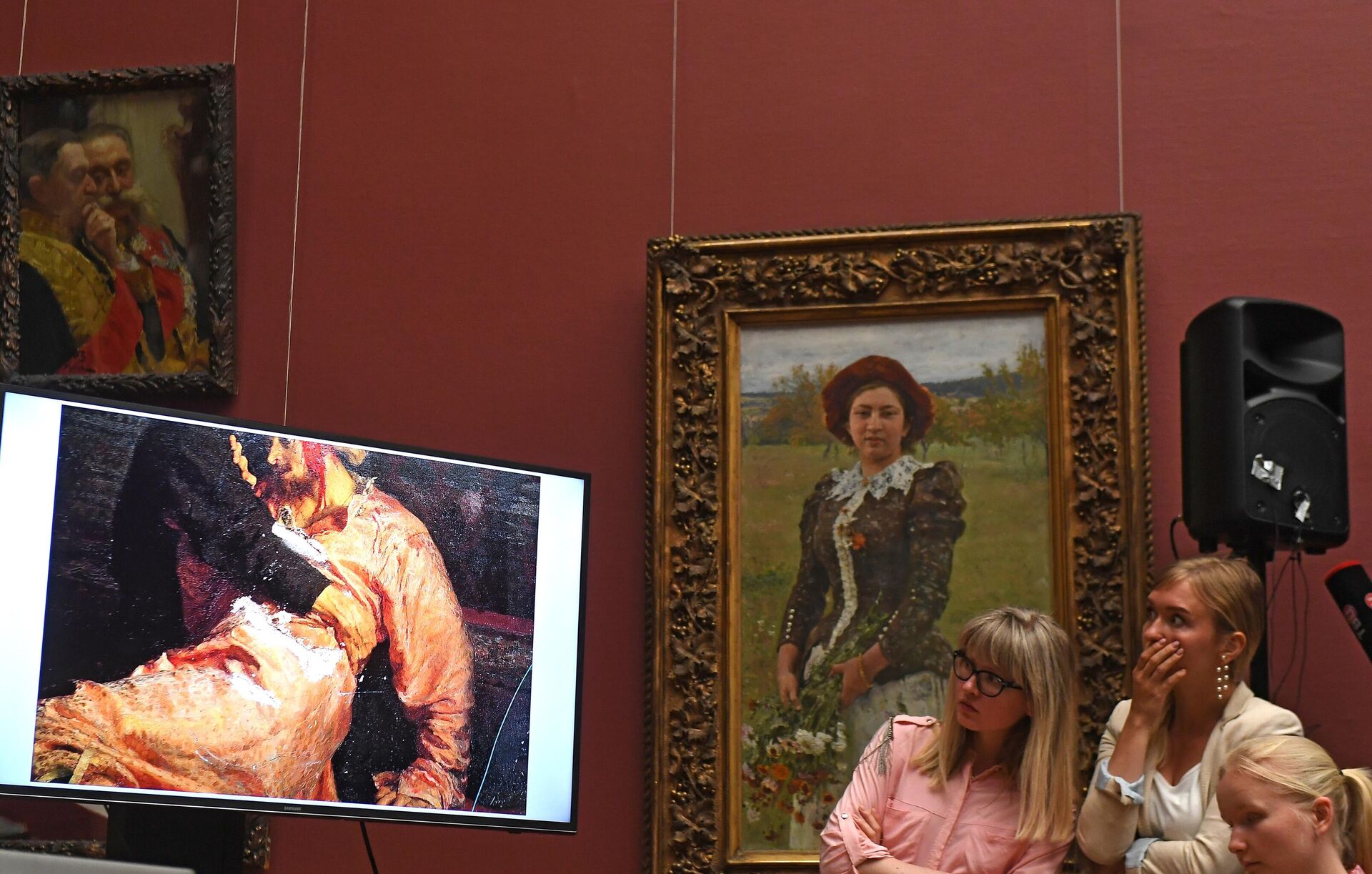
Ilya Repin’s painting “Ivan the Terrible and his son Ivan on November 16, 1581” was first attacked back in 1913. And in 2018, a visitor to the Tretyakov Gallery hit the protective glass several times with a fence post, tearing the canvas in three places. The restoration took four years. The vandal was sentenced to two and a half years in prison.
Another item from the Tretyakov collection, “Three Figures” by Anna Leporskaya, was damaged at an exhibition at the Yeltsin Center in Yekaterinburg in January 2021. The security guard drew eyes on the figures with a ballpoint pen, explaining that he mistook the picture for a child's drawing. He was punished with 180 hours of forced labor, and was also forced to be examined by a psychiatrist.
At the same time, Russia guards masterpieces more strictly. All museums are equipped with special devices to identify dangerous objects. In addition, the works of art themselves are protected by sensors, and some by glass and alarms. 
Legislation is also more severe towards vandals. For destruction or damage to cultural property — a fine of up to three million rubles or imprisonment for up to three years. And if we are talking about especially valuable objects, then the fine is up to five million and prison — up to six years.




















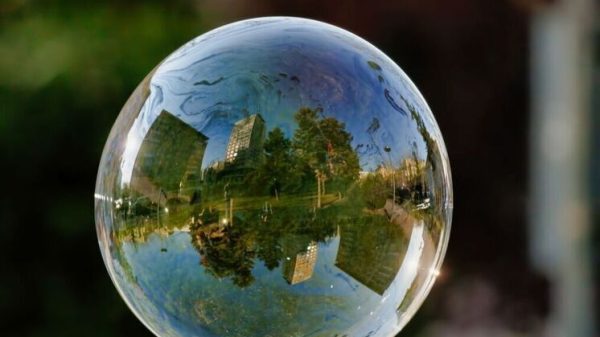
































Свежие комментарии